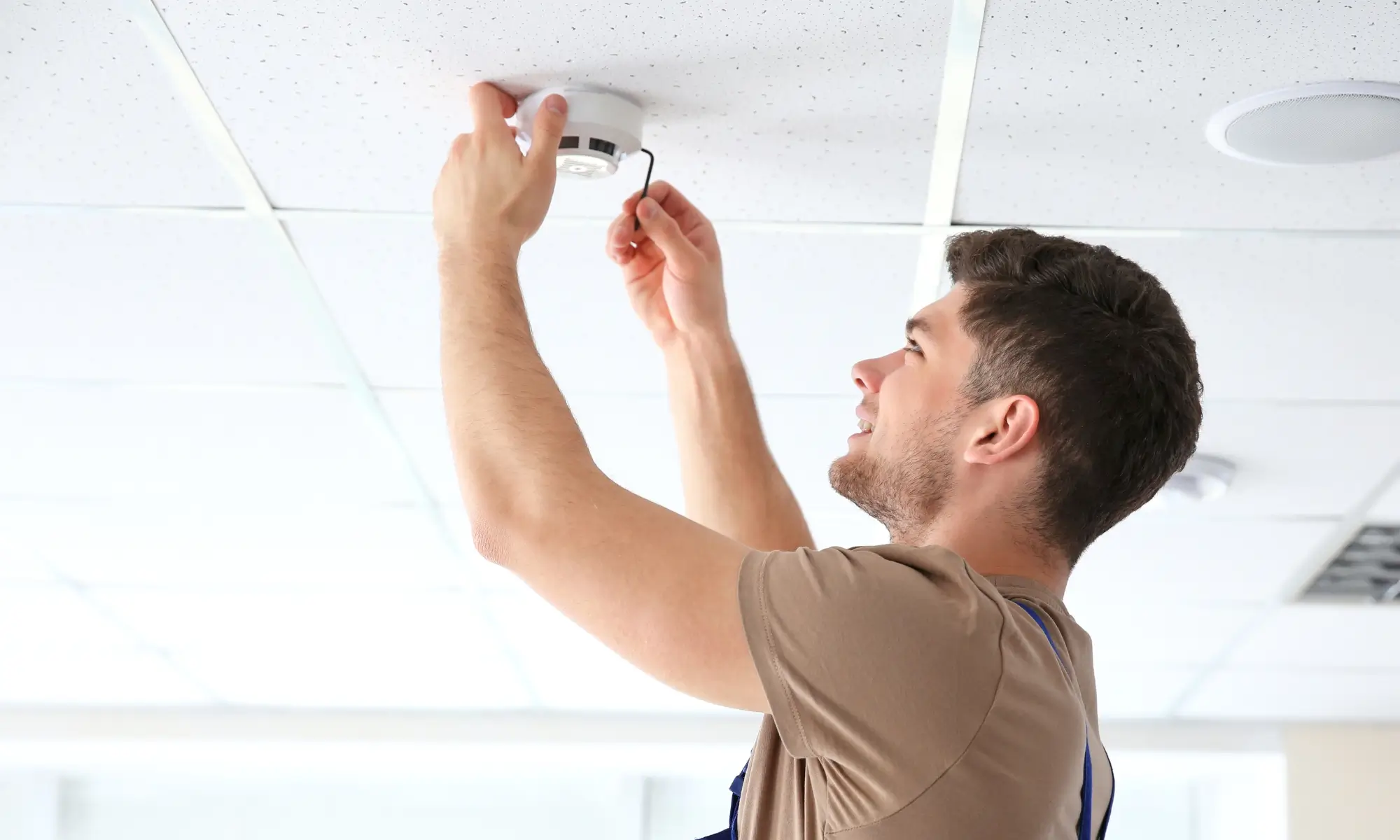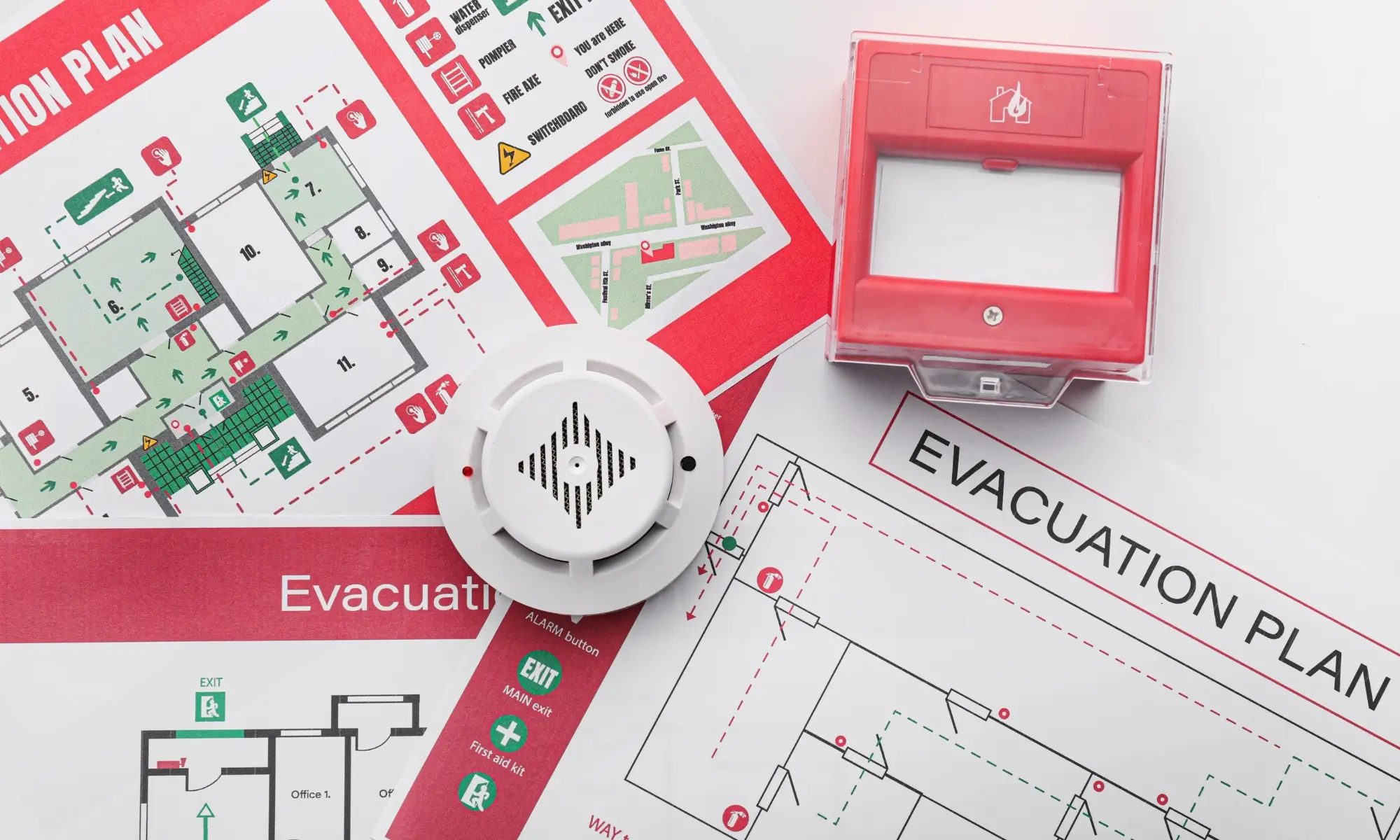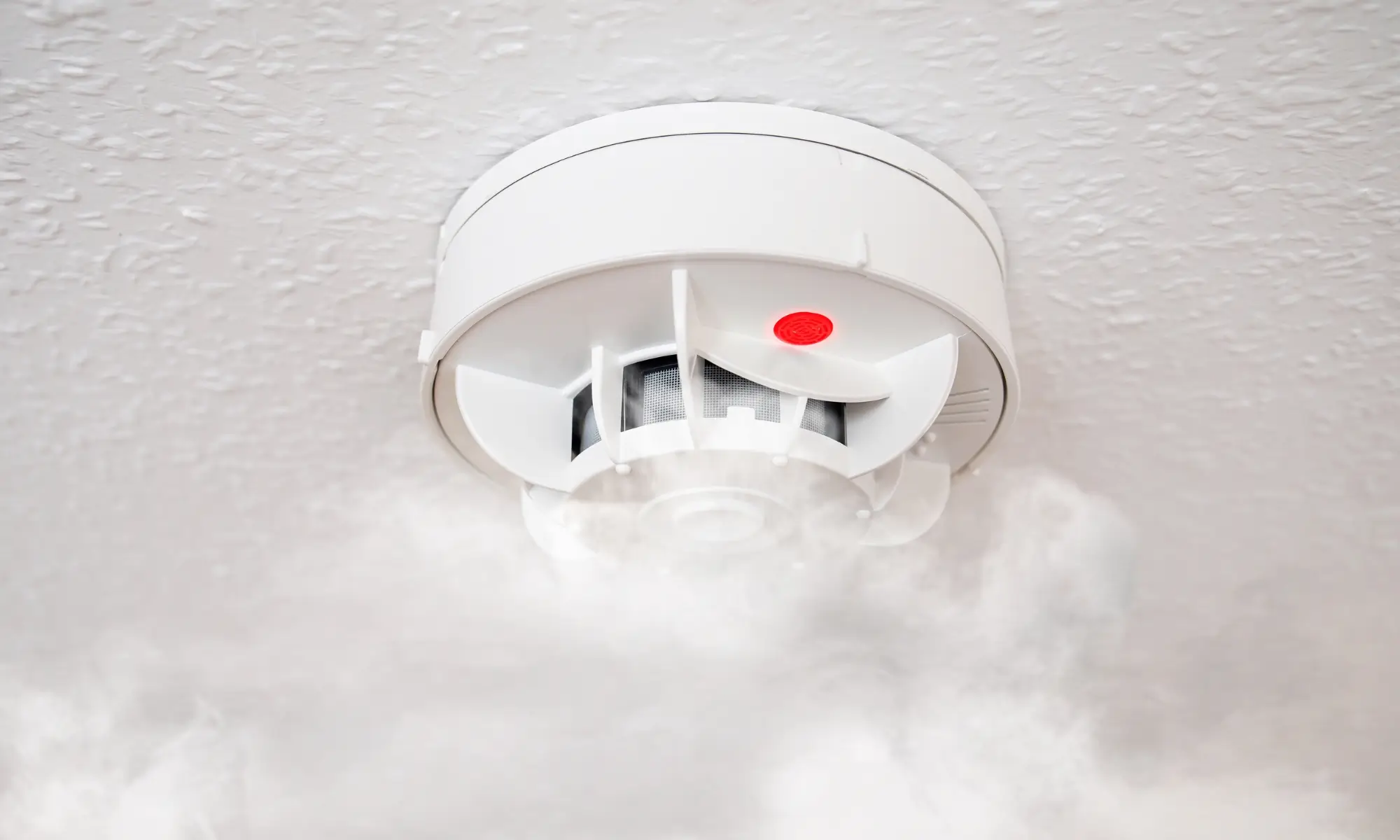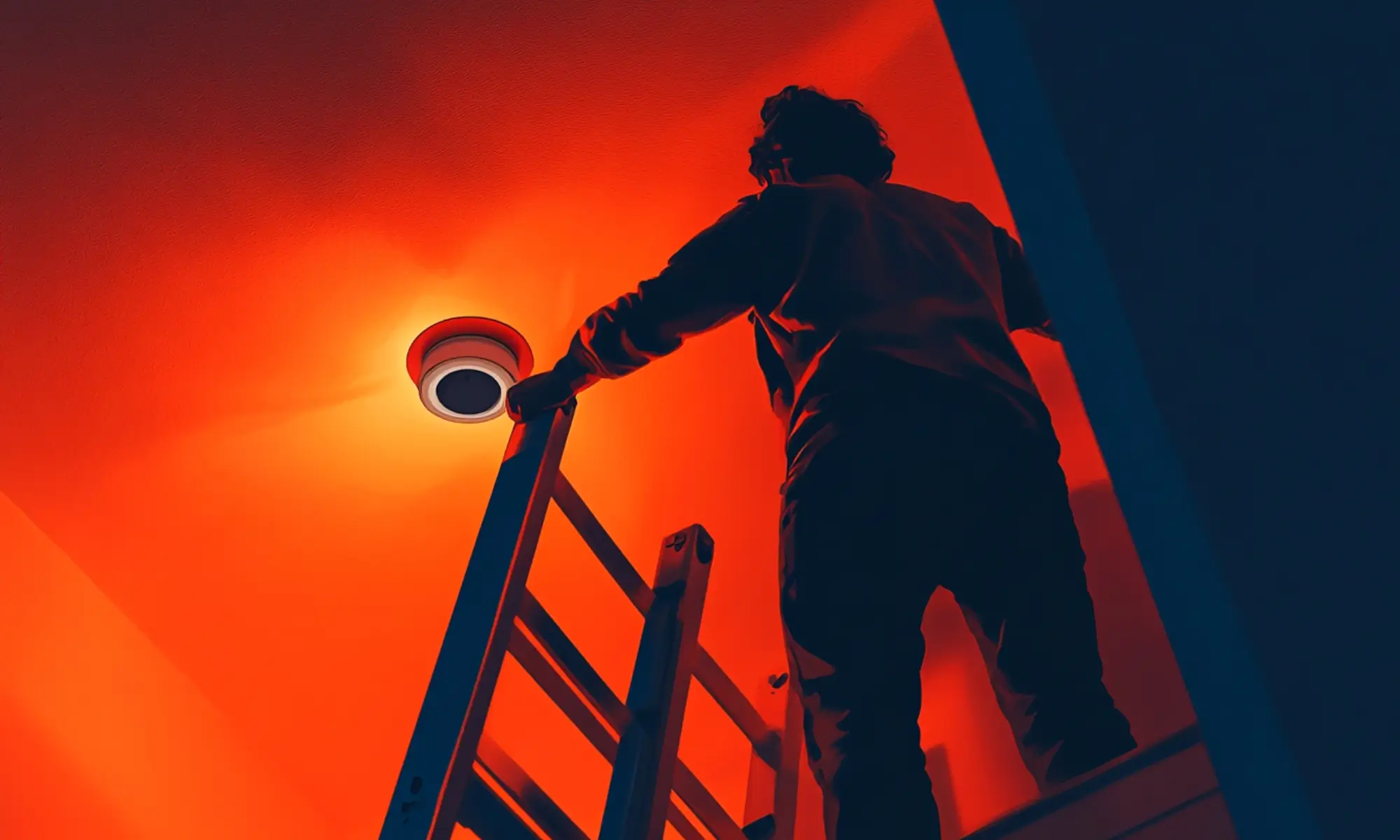Smoke detectors are essential safety devices that help protect our homes from fire hazards, alerting us when there’s smoke or a potential fire. However, when they reach the end of their life, it’s crucial to dispose of them properly to prevent environmental harm and ensure personal safety.
This guide provides a step-by-step approach to safely dispose of smoke detectors, whether they are ionization or photoelectric types, and outlines recycling and disposal options.

Understanding Smoke Detectors: Ionization vs. Photoelectric
Before diving into disposal steps, it’s helpful to understand the two main types of smoke detectors:
- Ionization Smoke Detectors: These contain a small amount of Americium-241, a radioactive isotope. While this material is shielded and safe in normal use, it becomes a hazard if dismantled. Ionization detectors are particularly effective at detecting fast-burning fires.
- Photoelectric Smoke Detectors do not contain radioactive materials and are instead equipped with an LED light sensor to detect slower, smoldering fires. They are safer and easier to dispose of, usually without special handling requirements.
Since each type requires a different approach for disposal, identifying your detector type is an essential first step.

Step-by-Step Disposal of Smoke Detectors
Follow these steps to safely remove, identify, and dispose of your smoke detector, whether it’s ionization or photoelectric. Proper disposal protects the environment and ensures compliance with safety guidelines.
Step 1: Remove the Smoke Detector from Its Mounting
- Turn Off Power (if applicable): If the smoke detector is hardwired, switch off the main power at your circuit breaker to avoid electrical hazards.
- Remove Detector: Use a ladder for safe access. Twist the detector counterclockwise or unscrew it per your device’s instructions.
- Check for Tamper Pins: Some detectors have tamper-proof pins that must be removed before detaching the device. Consult your user manual if needed.
Step 2: Identify the Detector Type
- Look for Labels: Check the back of the detector for labels or symbols. Ionization detectors often have a radiation symbol or the term “ionization” on the back. If no symbols are present, it’s likely a photoelectric detector.
- Use the Manual: If no identifying marks are visible, refer to the instruction manual or search for the model number online. If unsure, treat it as an ionization detector for safe disposal.
Step 3: Remove and Dispose of Batteries
- Remove the Battery: Always remove the battery for both types of detectors. Batteries can harm the environment, so be sure to dispose of them separately. Most detectors use 9-volt batteries, which can be recycled at designated battery disposal locations.
- Test Battery Life: Check if the battery still has a charge. If it’s functional, you may repurpose it for other devices.
Step 4: Choose the Proper Disposal Method Based on Detector Type
1. Disposal of Photoelectric Smoke Detectors
- Household Trash: Photoelectric detectors can usually be disposed of in regular household trash after battery removal.
- Recycling Options: Some electronic recycling centers accept photoelectric detectors. Contact your local e-waste recycler to check if they accept smoke detectors.
2. Disposal of Ionization Smoke Detectors
Ionization detectors require careful disposal due to their radioactive materials.
- Manufacturer Take-Back Programs: Many manufacturers, including First Alert, Kidde, and others, offer take-back programs where you can mail the detector back for safe disposal. Check the manufacturer’s website for guidelines.
- Local Hazardous Waste Collection: Some municipalities hold hazardous waste collection events where you can drop off ionization smoke detectors. Contact your local Department of Public Works or waste management authority for upcoming events.
- Specialized Recycling Services: Companies like Curie Environmental Services offer prepaid mail-in recycling for a fee. This option is convenient if local hazardous waste options aren’t available.

Why Safe Disposal Matters
Proper disposal of smoke detectors, especially ionization detectors, is essential to protecting the environment and public health. If not handled correctly, small amounts of radioactive material and heavy metals can end up in landfills, potentially contaminating soil and water.
Additional Tips for Safe and Responsible Disposal
- Avoid Dismantling: Never attempt to open or dismantle a smoke detector, particularly ionization types. The internal materials are safe when contained, but exposure to radioactive materials can be hazardous.
- Regular Testing and Maintenance: Replace smoke detectors every 10 years and CO detectors every 5–7 years. Regular maintenance ensures these devices work optimally and provides an opportunity to consider safe disposal and recycling options as they age.
- Check Local Guidelines: Disposal rules vary by location, so always consult your local waste authority for up-to-date information on electronic waste disposal and recycling programs.
Conclusion
Disposing of smoke detectors doesn’t have to be difficult, but it does require some thought and planning. By following these steps, you can safely dispose of old or expired smoke detectors, protect the environment, and help keep potentially hazardous materials out of landfills.
Whether you opt for manufacturer take-back programs, local hazardous waste events, or specialized recycling, each responsible choice contributes to environmental health. With these actionable steps, you’re equipped to ensure a safer home and a cleaner planet.

